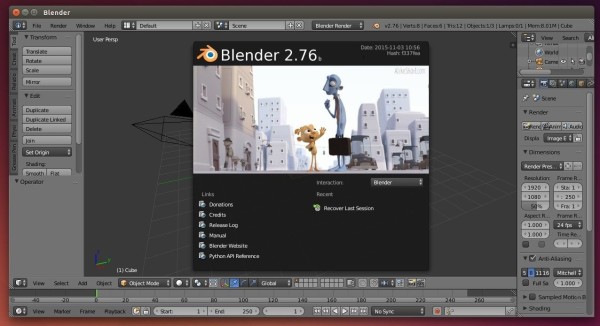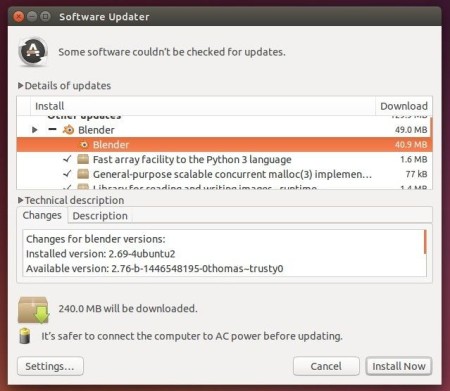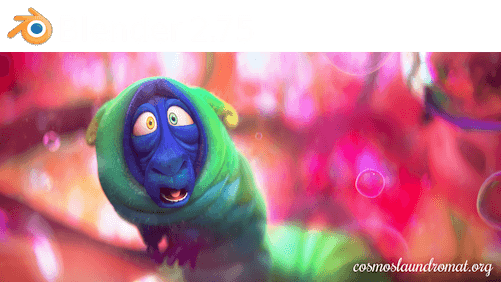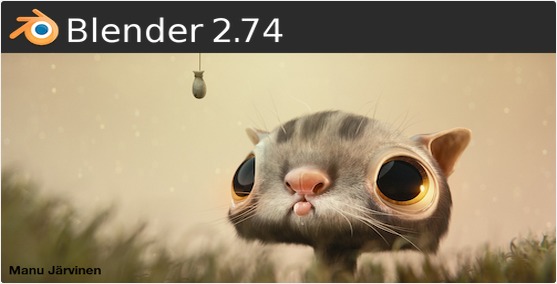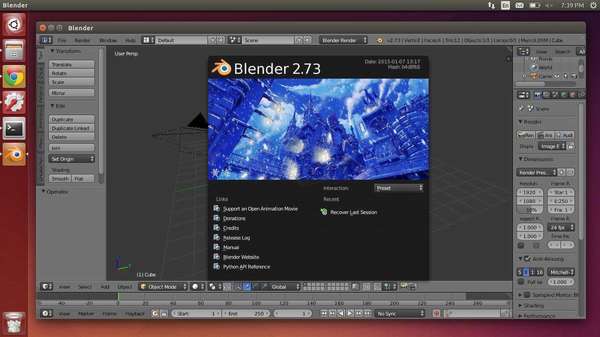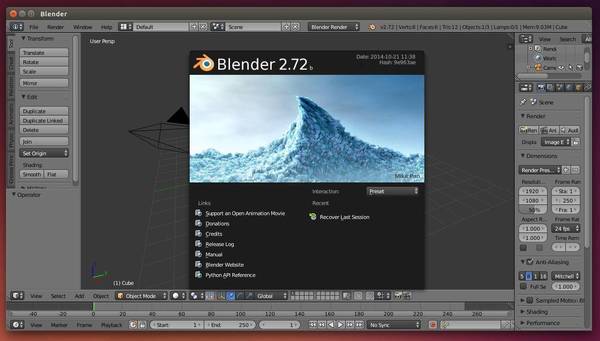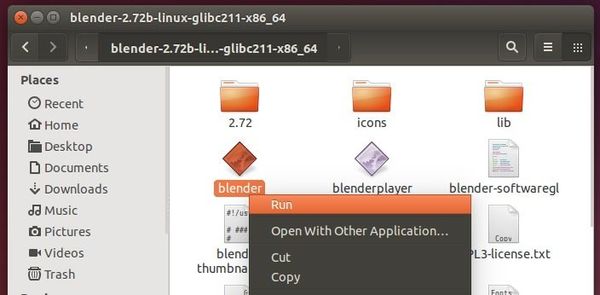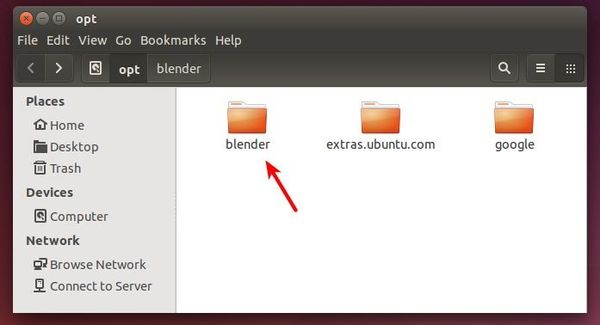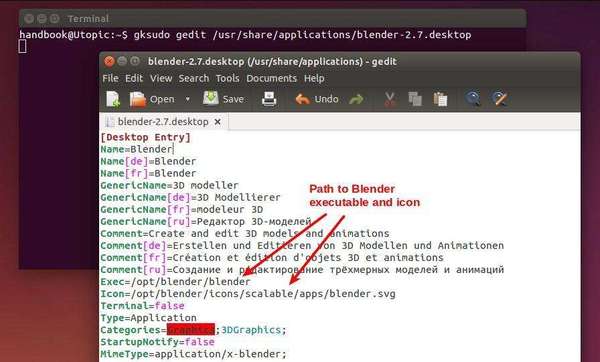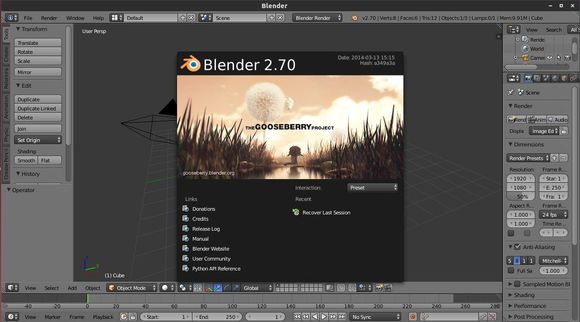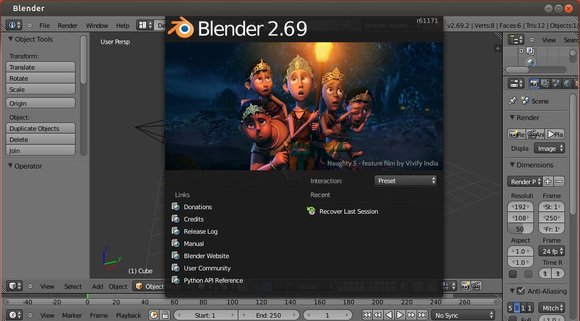The Blender Foundation finally announced the stable release for Blender 2.77 this weekend.
The new release features:
- Cycles Rendering has better Subsurface Scattering, GPU support for Smoke/Fire and Point Density, and a few other features and optimizations.
- User Interface has faster OpenGL rendering and better Anti-Aliasing, and other improvements
- Modeling now has an edit-mode boolean tool, better decimate modifier, selection tools
- Sequencer has a Gaussian Blur effect speedup, and other strip and modifier improvements
- Sculpting/Painting has better extruding and weight painting tools
- Animation has a new constraint interpolation method, and improvements in graph editor, dope sheet, armatures and motion paths
- Grease pencil now has stroke sculpting, and several other workflow improvements
- Library handling has been improved to better manage missing and deleted datablocks
- Game Engine has a few new small features
- A new Add-on supports packing .blend files and their dependencies, some other IO Add-on was improved, and Python was upgraded
- OpenVDB caching is now supported for smoke/volumetric simulations, multithreading is now massively
- supported, and also 2D stabilization node, Image editor, Cubemap and spotlights were improved
- Support for Windows XP was removed, and the SCons build system too.
- And, as usual, a massive bug fixing!
- Read more at its features page.
How to Install Blender 2.77 in Ubuntu:
Blender 2.77 can be installed via either the official Linux binary, or a third-party PPA for better Ubuntu integration.
1. See this how-to to install blender via official Linux binary. Need to remove the previous installation first.
2. To install Blender 2.77 from PPA.
1.) Open terminal from App Launcher, or via Ctrl+Alt+T keys. When it opens, paste below command and hit run:
sudo add-apt-repository ppa:thomas-schiex/blender
2.) Then upgrade Blender by launching Software Updater.
Or install it by running the commands one by one in terminal:
sudo apt-get update sudo apt-get install blender






